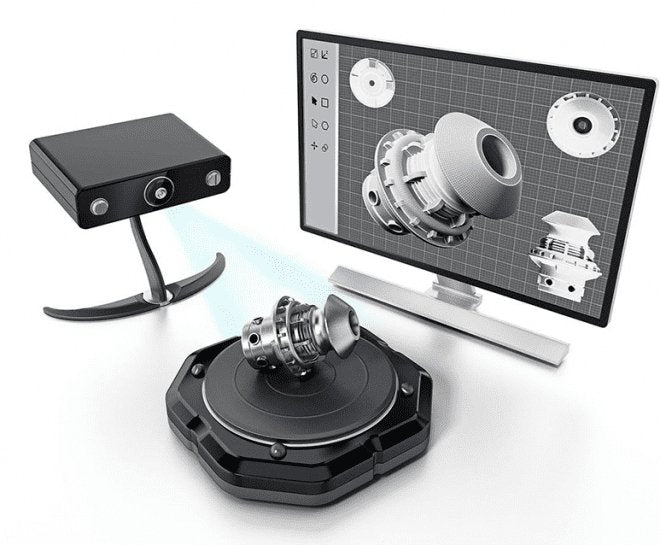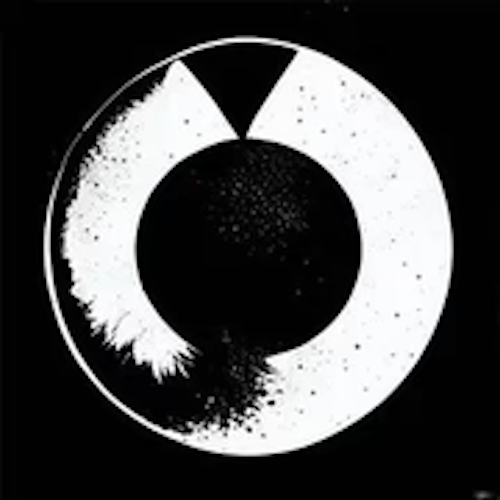
Revolutionizing Reverse Engineering with 3D Scanning
Share
Introduction: Reverse engineering involves deconstructing an object to understand its design, architecture, and functionality. 3D scanning has revolutionized this process by providing a fast, accurate, and non-invasive method to create detailed digital models of existing objects.
How 3D Scanning Enhances Reverse Engineering:
- Precision and Detail: Capture intricate details and complex geometries that are difficult to measure manually.
- Speed: Quickly scan objects and generate digital models, reducing the time required for reverse engineering projects.
- Non-Destructive: Obtain detailed models without damaging the original object, preserving its integrity.
- Digital Documentation: Create a comprehensive digital archive of scanned objects for future reference and analysis.

Applications:
- Product Improvement: Analyze competitors’ products to enhance your own designs.
- Restoration and Preservation: Recreate and restore historical artifacts or parts that are no longer in production.
- Quality Control: Ensure that reproduced parts meet original specifications and quality standards.
Case Studies:
- Manufacturing: Using 3D scanning to reverse engineer components for improved performance and reduced production costs.
- Cultural Heritage: Scanning ancient artifacts to create digital replicas for preservation and study.
Conclusion: 3D scanning has significantly improved the efficiency and accuracy of reverse engineering. By capturing precise digital models, businesses can innovate, improve existing products, and preserve valuable artifacts with greater ease and reliability.
